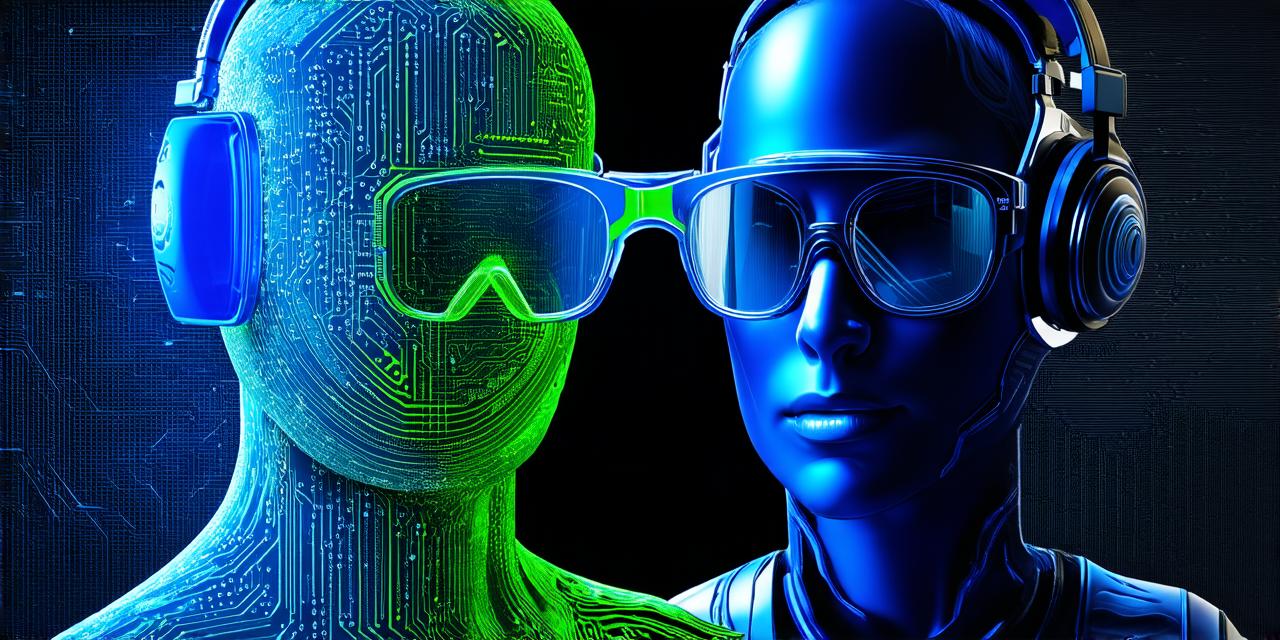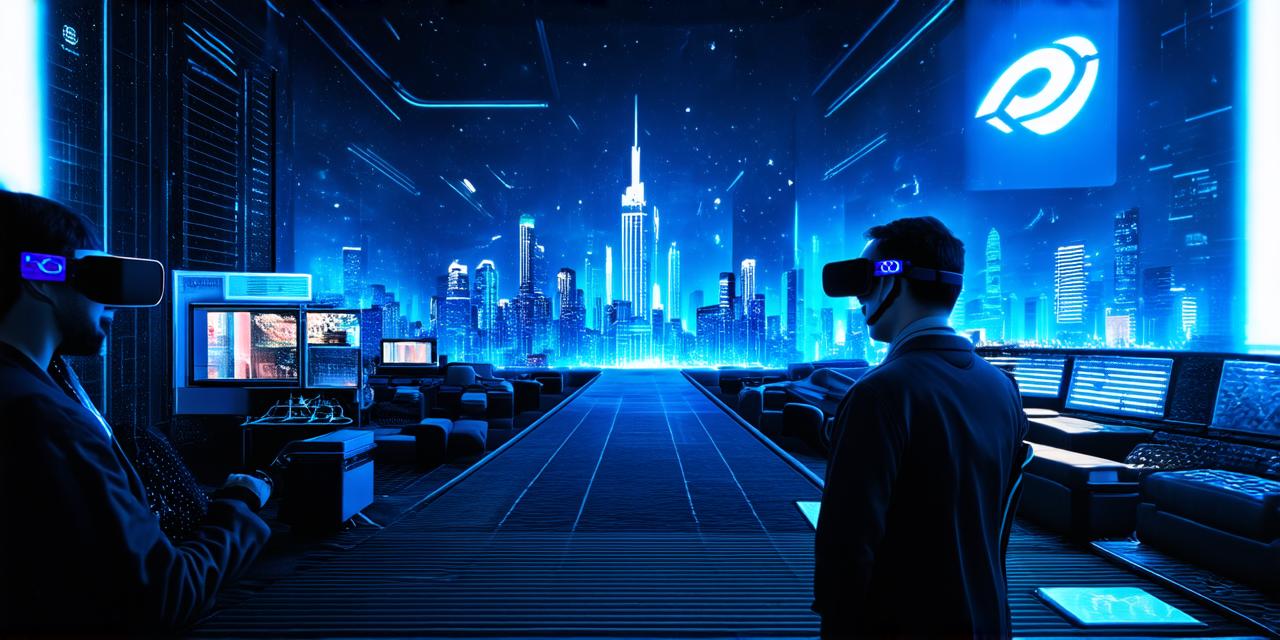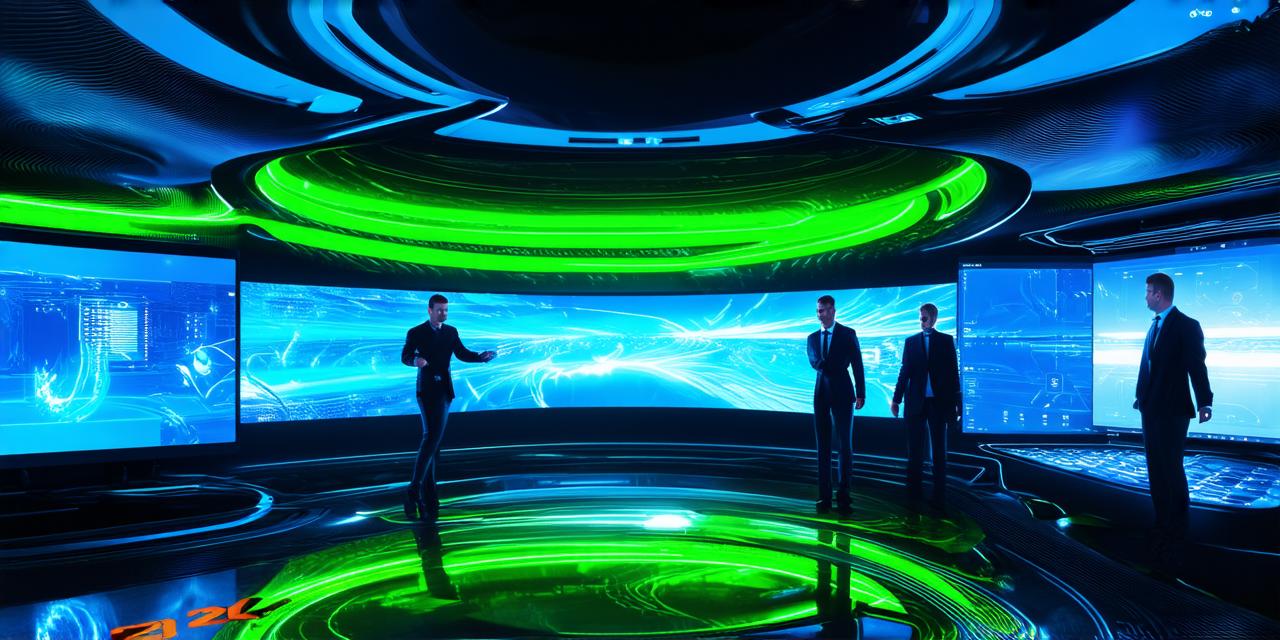Virtual reality (VR) and mixed reality (MR) are two technologies that allow users to interact with digital environments in unique ways. While they share some similarities, there are also significant differences between the two. In this article, we will explore what makes VR and MR distinct and how they can be used in various industries.
What is Virtual Reality?
Virtual reality refers to a computer-generated simulation of a 3D environment that users can interact with using specialized headsets or other devices. In a VR environment, users are completely immersed in the digital world, often with the ability to move and interact with objects within it. VR is commonly used for gaming, entertainment, and educational purposes.
What is Mixed Reality?
Mixed reality combines elements of virtual reality with the real world, allowing users to interact with both physical and digital objects simultaneously. MR technology often uses cameras or other sensors to track a user’s position in the real world, then overlays digital content on top of that environment. This allows users to see and interact with digital objects within their physical surroundings.
Differences Between VR and MR
1. Immersive vs Interactive
Virtual reality provides a completely immersive experience, often making it difficult for users to distinguish between the real and digital worlds. Mixed reality, on the other hand, is more interactive, allowing users to interact with both physical and digital objects within their environment.
2. Real-world vs Digital-only
Virtual reality creates a completely digital world that users can interact with, while mixed reality combines elements of the real and digital worlds. This means that MR technology requires access to the real world in order to function effectively.
3. Complexity vs Simplicity
Virtual reality systems are often more complex and require specialized hardware and software to operate. Mixed reality technology is generally simpler, as it only requires access to a camera or other sensor to track a user’s position.
4. Applications
Virtual reality is commonly used for gaming and entertainment purposes, while mixed reality has applications in a variety of industries, including education, healthcare, and manufacturing. Mixed reality can be used to provide training simulations, remote collaboration tools, and even product prototyping.
Summary
In conclusion, virtual reality and mixed reality are two distinct technologies that offer unique experiences for users. While VR provides a completely immersive experience in a digital world, MR combines elements of the real and digital worlds to provide a more interactive experience. Both technologies have their own unique applications and can be used in various industries to provide unique experiences for users.



